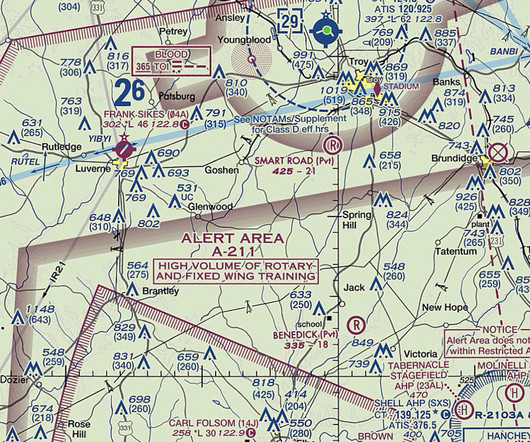Trial by Ice
Air Facts
MAY 5, 2025
Our NIFA team of pilots would travel to other colleges and compete in sanctioned competition involving precise navigation, pre-flight inspections, accuracy landings, and simulated bomb drops into a barrel from 100 AGL feet using bean bags as bombs. In the school of hard knocks, this would turn out to be one of the hardest knocks of all.












Let's personalize your content